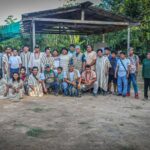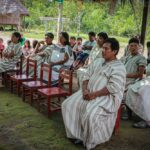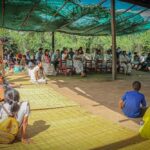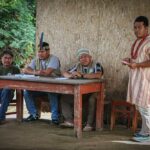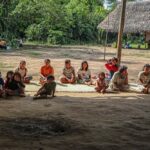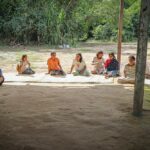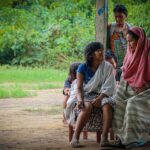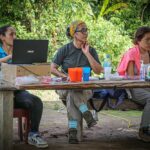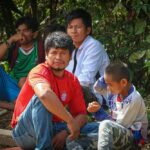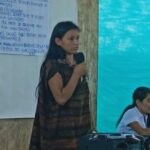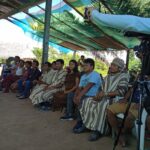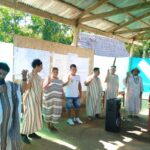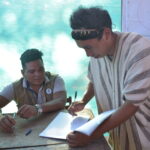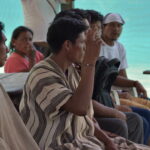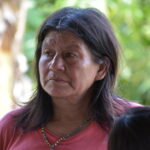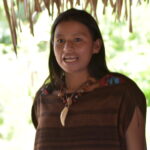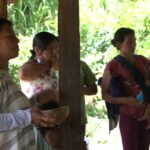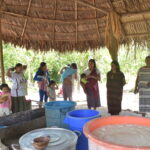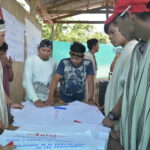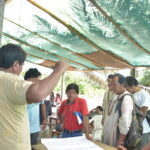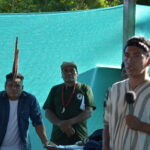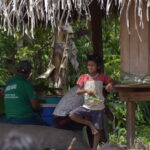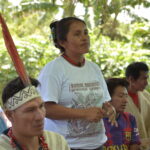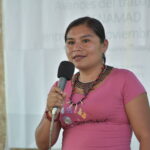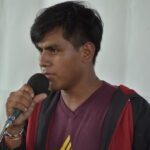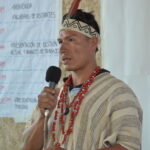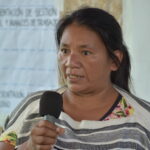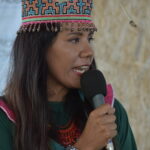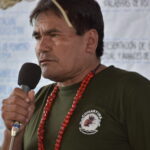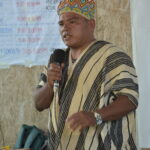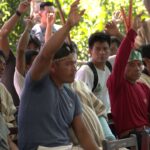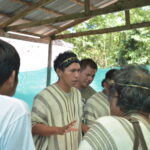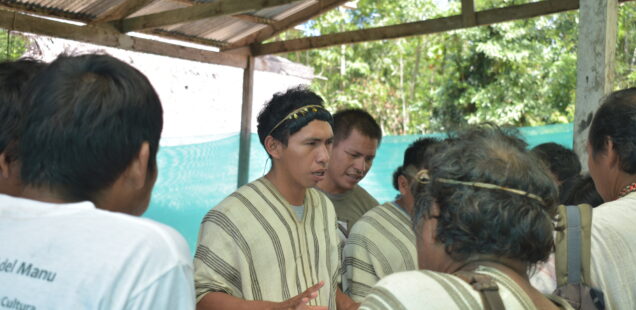
Strengthening communication and solidarity among the Matsigenka communities so that they can guide the conservation and development policy and practice in Manu National Park (Peru) according to their own cultural values
The Matsigenka Nation was organised in December 2023 among seven native communities of the Matsigenka people, four of which are inside the Manu National Park, one of the most important biodiversity hotspots in the world, and the other three are adjacent to this park. The ancestral territory of life of the nation is located in the foothills of the Andean Cordillera, in the high and low jungle areas of the Amazon basin, in the Madre de Dios and Urubamba sub-basins. This territory has been occupied by the Matsigenka Nation for at least a millennium, with historical records dating back to Inca times. The occupation was peaceful and sustainable because the natural environment is part of their being, not something separate and transferable. The Matsigenka Nation has endured colonial aggression by rubber tappers and migrant farmers since the late 19th century, but always managed its territory collectively without top-down political structures.
In 1973, without recognising that it was Matsigenka territory, the Peruvian government established the Manu National Park (MNP), in overlap with the territory, for biodiversity conservation purposes. For the past 50+ years, the Matsigenka Nation has been supporting the biodiversity conservation efforts promoted by the public entity managing the MNP. They highlighted commonalities and disagreements with the policies of the MNP, while sharing a mutual desire to conserve the territory. While it is appreciated that the MNP protects their ancient territory of life from incursions of extractive industries, settlers and other threats, there are disagreements about extreme and unnecessary conservation measures, such as restrictions on the development activities of the Matsigenka communities in harmony with their ancestral territory.
The Matsigenka Nation is now organised to advocate more proactively and in a coordinated manner about the governance policies of their ancestral territory and not to submit unresponsively to the decisions of national, regional and municipal government authorities. For that, it has the support of the Native Federation of the Madre de Dios River and its tributaries (FENAMAD) and has agreed to strengthen communication between its communities, including through quarterly visits to coordinate activities and political priorities to be managed. At the moment, the radios of FENAMAD, the PNM and other conservation organisations in the PNM are often unavailable and the best alternative is via satellite internet. Travel between the seven Matsigenka communities is also very difficult because the communities are located several days’ river travel from each other in an area where fuel is extremely expensive.
The support from the Paul K Feyerabend Foundation is intended to purchase, install and operate for two years two Starlink satellite internet equipments in the two largest Matsigenka communities, Yomibato and Tayakome, and to cover the fuel costs for coordination visits between the seven communities. FENAMAD will co-finance the initiative by covering for two years the costs of quarterly visits between the seven communities to prioritise, coordinate and implement interventions to manage the territory of ancestral life and the costs of legal formalisation of the Matsigenka Nation so that it acquires legal status. The Matsigenka Nation will thus consolidate itself as a native people with its ancestral territory conserved according to its own governance criteria, strengthening the bonds of solidarity both within and between its communities. This will be in harmony with national conservation and sustainable development policies… but also guided by its own cultural values.
Copyright de las fotos como FENAMAD Julio 2024

